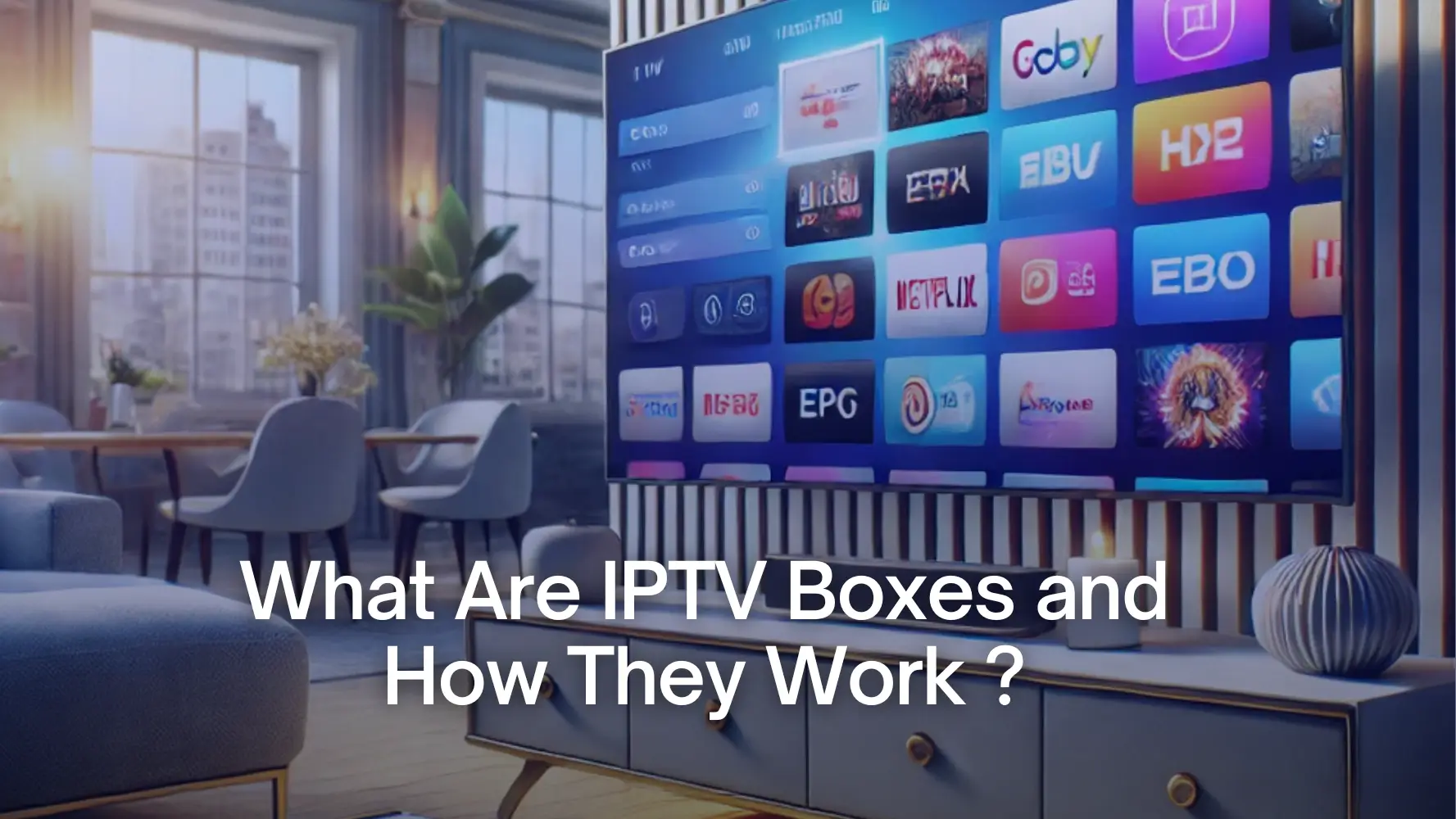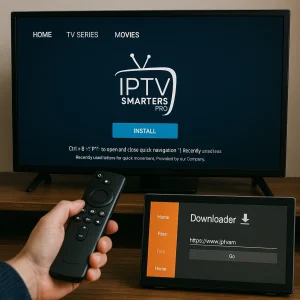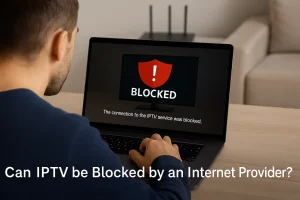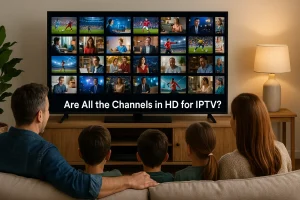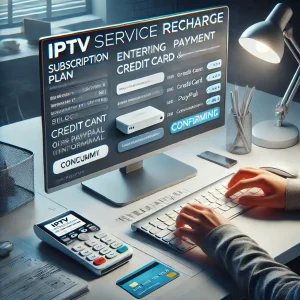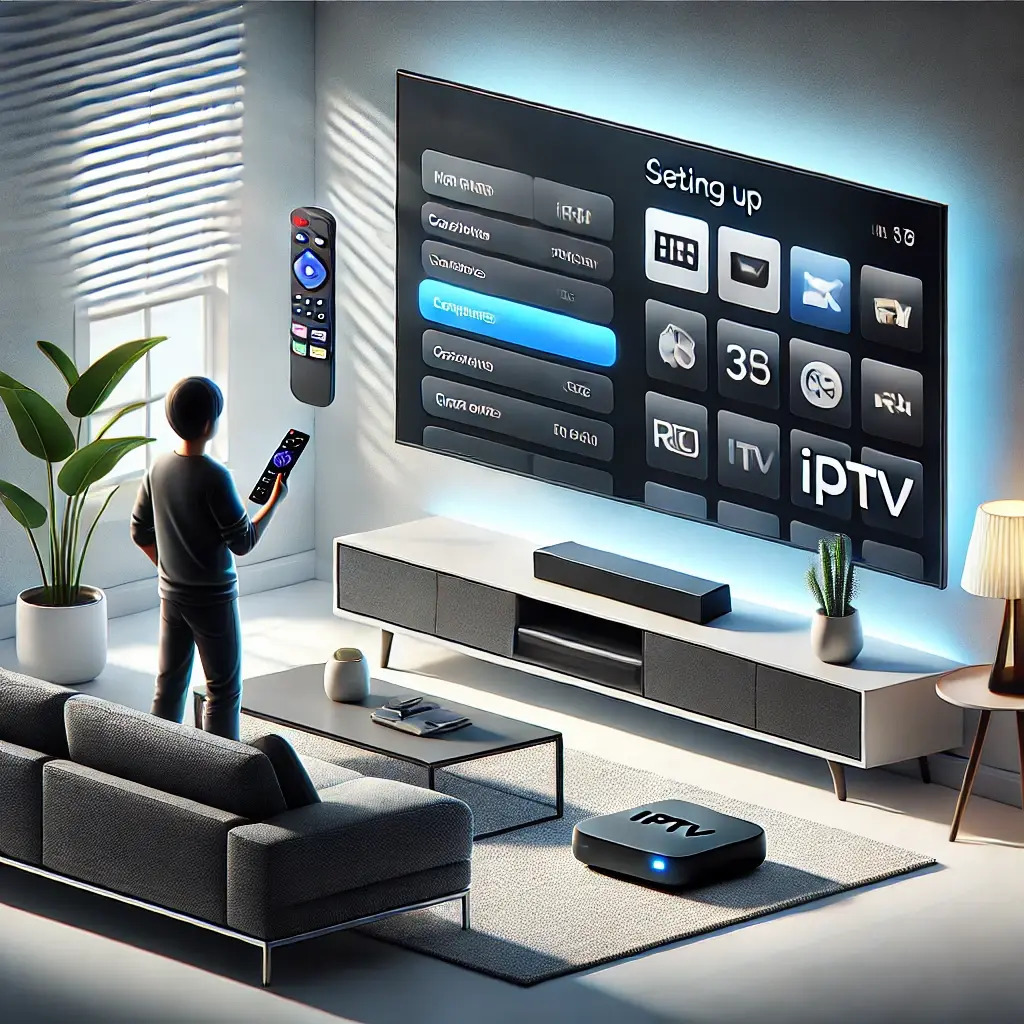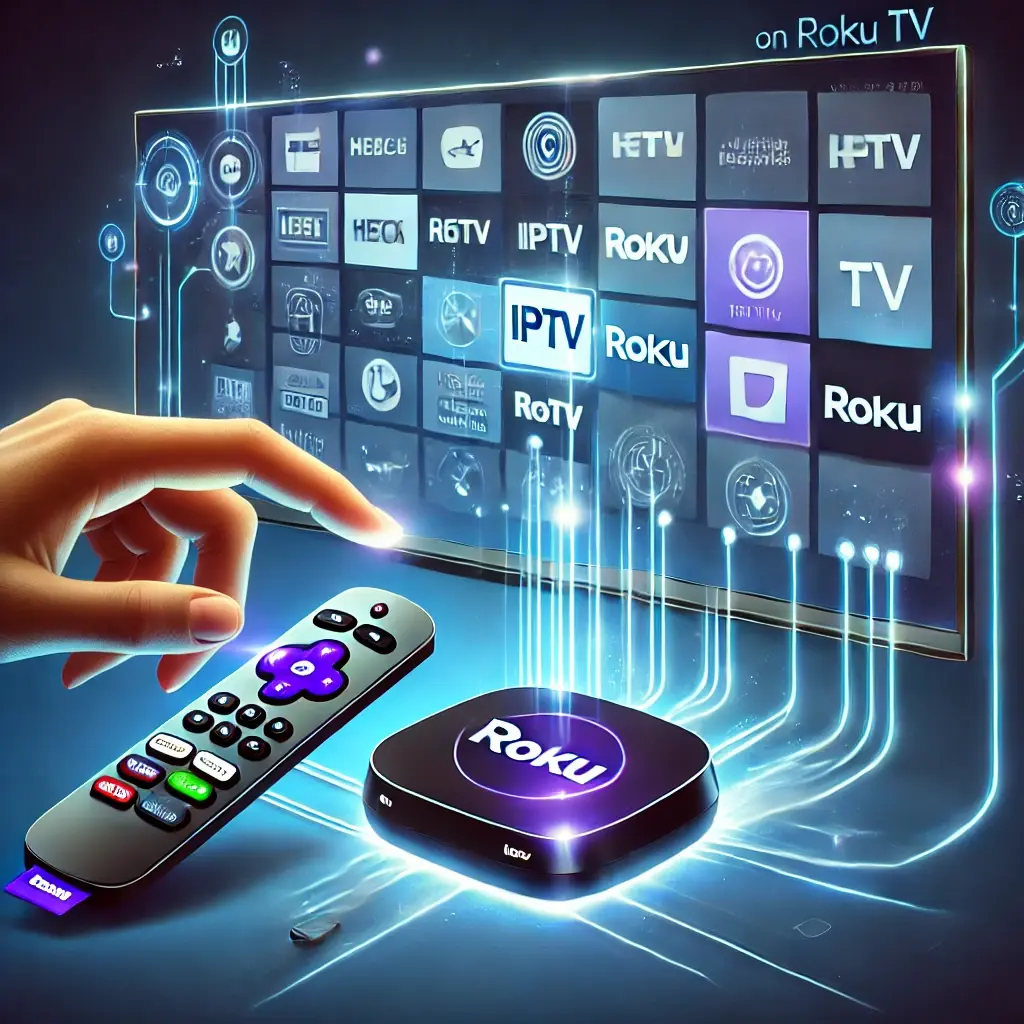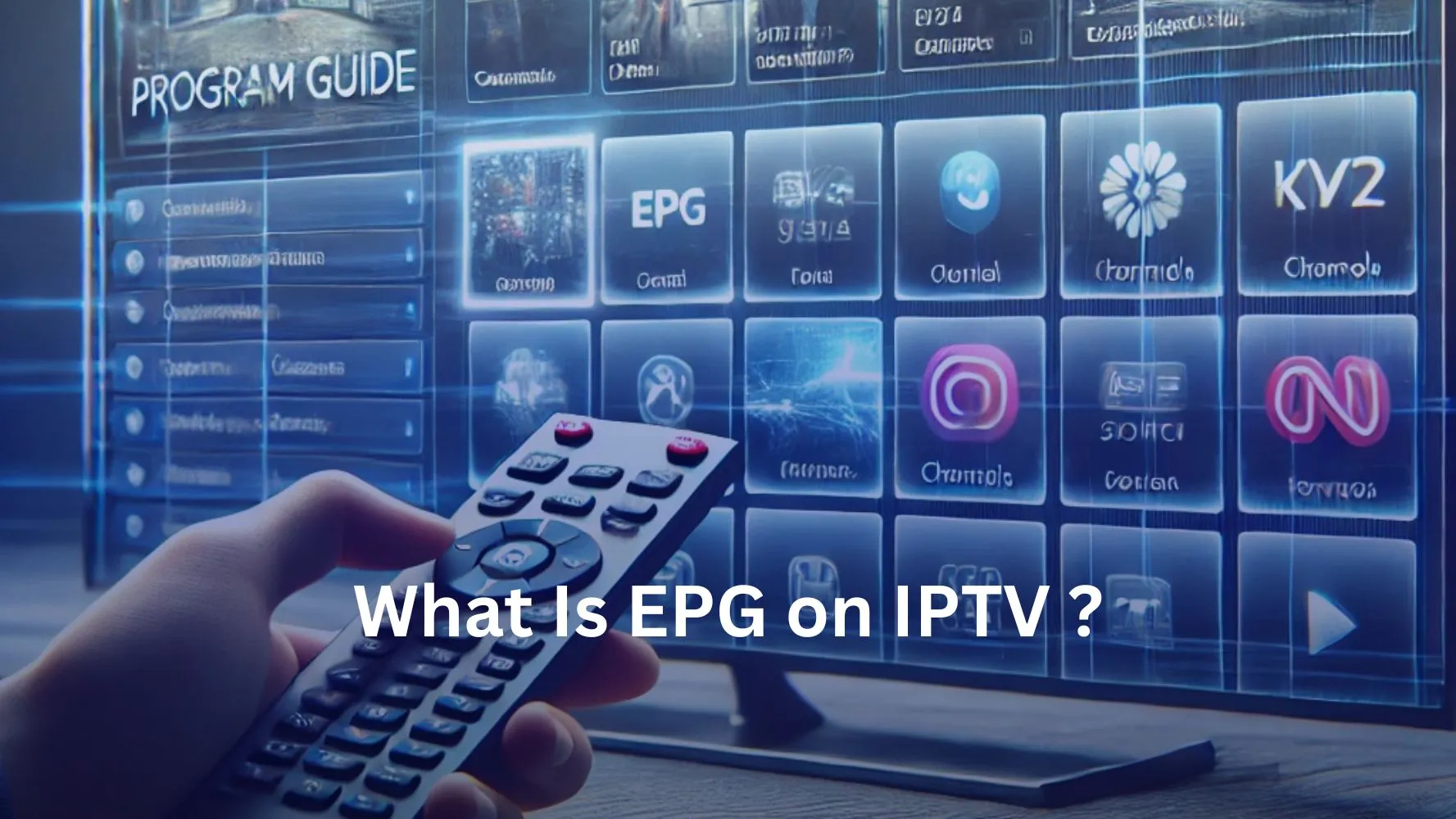An IPTV box is a device that streams high-quality TV content directly to your television by decoding internet data into viewable video and audio formats. It connects to your home network via WiFi or Ethernet, allowing access to live TV channels and on-demand content.
With support for Full HD and 4K UHD resolutions, IPTV boxes deliver an immersive viewing experience. Prices range from budget-friendly options like the IPTV Brampton.
Setting up your IPTV box involves connecting it to your TV via HDMI and following the on-screen instructions. Dive deeper to discover how to choose the perfect IPTV box for your needs and optimize its performance.
IPTV Box Basics
If you’re looking to cut the cord and stream your favorite TV content directly to your television, an IPTV box is a device that can help you achieve this.
An IPTV box connects to your internet connection, enabling you to access live TV channels and on-demand content without the need for traditional cable TV. These streaming devices decode internet data into viewable video and audio formats, ensuring high video quality for your viewing pleasure.
To set up an IPTV box, you’ll need to connect it to your TV via an HDMI connection and configure the network settings.
With a wide range of IPTV service providers available, you can easily find a streaming device that suits your preferences and enjoy a seamless viewing experience.
Choosing the Best IPTV Box
When selecting the best IPTV box for your needs, you’ll want to consider several key factors to ensure an optimal streaming experience.
Prioritize devices that support Full HD and 4K UHD resolutions for high-quality streaming. Ensure compatibility with popular platforms like Amazon Fire TV and NVIDIA Shield TV for seamless integration.
Choose an IPTV box with an intuitive user interface to enhance navigation and overall viewing experience. Reliability and customer support are crucial for uninterrupted streaming and assistance during setup or troubleshooting.
Prices range from budget-friendly devices like Roku Express at around $30 to high-performance models like NVIDIA Shield TV at approximately $150.
Setting Up Your IPTV Box
Setting up your IPTV box is a straightforward process that’ll have you streaming your favorite content in no time.
First, gather the necessary components, including your IPTV box, remote, HDMI cable, and power adapter. Connect the IPTV box to your TV using the HDMI cable, ensuring both devices are powered off during the connection process.
Once connected, power on the devices and follow the on-screen instructions to complete the setup, which may involve selecting your language and connecting to WiFi.
To enhance your streaming experience, install recommended apps like VLC Player or Kodi. Ensure your internet connection meets the minimum recommended speed of 25Mbps for smooth streaming of live and on-demand content.
With these steps, you’ll be enjoying your IPTV box in no time.
Connecting to WiFi Network
To connect your IPTV box to your home WiFi network, you’ll need to access the network settings on the device.
Power on the IPTV box and navigate to the WiFi connection option. Select your home network from the list and enter the WiFi password to establish the connection.
For optimal streaming performance and bandwidth usage, consider assigning a static private IP address (10.x.x.x) if specified by the manufacturer.
Ensure your IPTV box is compatible with common routers, such as Netgear WNDR3300 and Linksys WRT54GL, to facilitate a smooth connection.
A minimum internet speed of 25Mbps is recommended for uninterrupted viewing when you connect your IPTV box to your TV.
Proper network settings are crucial for a seamless streaming experience.
Troubleshooting and Optimizing Performance
If you’re experiencing connectivity issues or suboptimal streaming performance with your IPTV box, there are several troubleshooting steps you can take to optimize your viewing experience.
First, ensure your router supports multicast routing (IGMP Proxy) and verify with your ISP that you meet the specific WiFi requirements for IPTV connectivity.
If you’re encountering buffering or low-quality streaming, check that your internet speed is at least 25Mbps, which is recommended for optimal IPTV performance.
To further enhance your viewing experience, consider adjusting picture settings like contrast and brightness, and optimize sound settings for your specific device.
Utilize tools such as the FAST Speed Test app to monitor your actual streaming speed, as it may differ from your ISP’s advertised bandwidth.
Lastly, implement advanced router settings, including IGMP Snooping and Quality of Service (QoS) rules, to manage multicast traffic and improve overall streaming quality.
Frequently Asked Questions
How Does the IPTV Box Work?
Your IPTV box uses streaming technology to deliver digital content, including live television, in high video quality over your internet connection. Its user-friendly interface, device compatibility, subscription models, signal reliability, and content variety enhance your viewing experience.
Do You Need a Subscription on an IPTV Box?
Yes, you need an IPTV subscription to access channels and features. Subscription types and pricing vary by provider, ranging from $2-$20+ monthly. Ensure you choose a legal provider with the necessary licenses for uninterrupted viewing.
What Is the Number One IPTV in Canada?
Based on IPTV reviews and comparisons, TekSavvy is considered the best IPTV provider in Canada, offering affordable plans and a wide selection of channels. However, IPTV Dream and major telecom companies also provide competitive IPTV services.
How to Connect IPTV Box With TV?
To connect your IPTV box, use an HDMI cable between the box and TV. Ensure compatibility and internet requirements are met. Follow the user interface for setup, and contact customer support if you encounter any issues.

